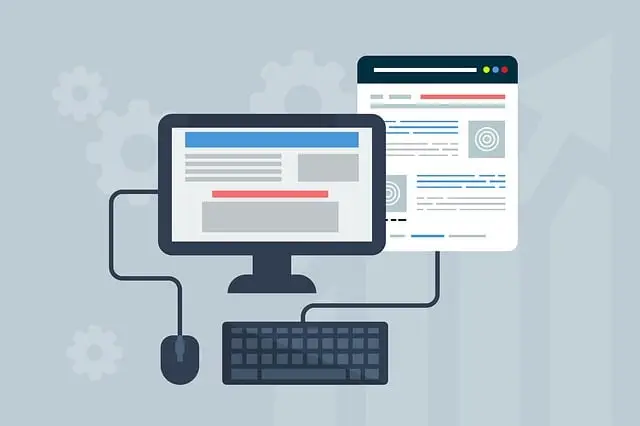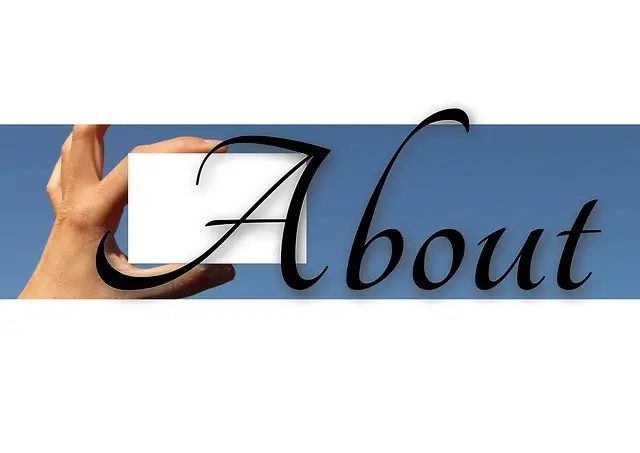SSL certificates are paramount for secure online communication in WordPress website design based in Passaic, NJ. They encrypt data exchange between users' browsers and your site, protecting sensitive information like login credentials and credit card numbers from hackers. Installing an SSL certificate enables a secure HTTPS connection, enhancing trust and SEO prospects, boosting search engine rankings, and improving the overall credibility of your website. Securing your WordPress site with an SSL certificate is a straightforward yet impactful step for businesses in Passaic, NJ, aiming to attract more visitors and maintain robust security.
“In today’s digital landscape, securing your WordPress website is non-negotiable. An SSL certificate isn’t just a buzzword; it’s a shield protecting your site from cyber threats and enhancing user trust. This comprehensive guide delves into the intricacies of SSL certificates, catering to both web designers and site owners in Passaic, NJ. We’ll explore why SSL is crucial for your WordPress site’s security and performance, provide a step-by-step setup guide, and offer insights on maintaining robust SSL security measures.”
- Understanding SSL Certificates: A Basic Guide
- Why SSL is Essential for Your WordPress Website
- Setting Up SSL on a WordPress Site: Step-by-Step
- Benefits of Using SSL for Passaic NJ Web Designers
- Common SSL Certificate Types and Their Uses
- Maintaining SSL Security: Tips and Best Practices
Understanding SSL Certificates: A Basic Guide

SSL certificates are a fundamental component of secure online communication, especially for WordPress website design in Passaic, NJ. They act as a digital lock, encrypting data exchanged between a user’s browser and your site, ensuring that sensitive information like login credentials, credit card numbers, or personal details remain private and protected from hackers. When you install an SSL certificate on your WordPress site, it enables a secure HTTPS connection, instantly enhancing the trustworthiness of your website in the eyes of visitors.
An SSL certificate works by verifying the identity of your business or organization and ensuring that any data transmitted is encrypted and secure. It’s easily recognizable by the padlock icon in a user’s browser bar, letting them know their connection is safe. Google also prioritizes HTTPS sites in search results, making it a crucial step for any WordPress website aiming to improve its online visibility and attract more visitors from Passaic, NJ, and beyond.
Why SSL is Essential for Your WordPress Website

In today’s digital era, having a secure WordPress website is not just a best practice—it’s an essential component of your online presence, especially for businesses in Passaic, NJ aiming to thrive in the competitive local market. An SSL (Secure Sockets Layer) certificate plays a pivotal role in establishing trust and safeguarding your site’s data transmission. It encrypts information exchanged between your WordPress website and visitors’ browsers, ensuring privacy and integrity.
Without an SSL certificate, sensitive data like login credentials, payment details, or personal information could be intercepted by malicious actors, leading to potential security breaches. Google and other search engines also prioritize secure websites in their rankings, making SSL a crucial element of effective WordPress website design. By implementing SSL, you not only protect your visitors but also enhance your site’s credibility and search engine optimization (SEO) prospects.
Setting Up SSL on a WordPress Site: Step-by-Step

Setting up an SSL certificate on your WordPress site in a straightforward process that can significantly enhance security and improve your website’s design, especially for those with a WordPress Website Design Passaic NJ. Here’s a step-by-step guide to get you started:
1. Choose an SSL Provider: Start by selecting a reputable SSL certificate provider like Let’s Encrypt (free) or Comodo (paid). These providers offer easy integration with WordPress and provide industry-standard encryption. For a WordPress Website Design Passaic NJ, consider local options that cater to small businesses for personalized support.
2. Install and Configure SSL: After purchasing or generating your SSL certificate, install it through your WordPress dashboard. This typically involves installing a plugin like Let’s Encrypt (for free certificates) or a dedicated SSL management plugin. Follow the plugin’s instructions to activate HTTPS and update your site’s security settings. Ensure that all pages, including login and admin sections, use secure connections.
Benefits of Using SSL for Passaic NJ Web Designers

For web designers in Passaic, New Jersey, implementing SSL (Secure Sockets Layer) on WordPress websites offers a multitude of advantages. Firstly, it enhances security by encrypting data exchanged between the website and its users, ensuring confidential information like login credentials and payment details remain protected from malicious actors. This is particularly crucial for businesses dealing with sensitive client data or e-commerce transactions.
Additionally, SSL improves user trust and site credibility. Browsers typically display a padlock icon when an SSL certificate is active, signaling to visitors that their connection is secure. This can significantly boost the perceived reliability of a WordPress website, fostering confidence in both its security and professionalism, especially for those seeking top-tier WordPress Website Design Passaic NJ services.
Common SSL Certificate Types and Their Uses

Maintaining SSL Security: Tips and Best Practices

Maintaining robust SSL security is paramount for any WordPress website design in Passaic, NJ, or beyond. Once your site is secured with an SSL certificate, it establishes a safe connection between your web server and users’ browsers. This encryption protects sensitive data exchanged between them, ensuring privacy and integrity. Regularly updating SSL certificates and keeping them installed across all pages is essential to counter vulnerabilities.
Best practices include using reputable certificate authorities for issue-free installations, configuring proper redirection from HTTP to HTTPS, and integrating SSL with a secure server configuration. Additionally, monitoring certificate expiration dates and staying informed about security updates from WordPress and your hosting provider are wise precautions. These measures contribute to a seamless user experience while safeguarding against cyber threats.
